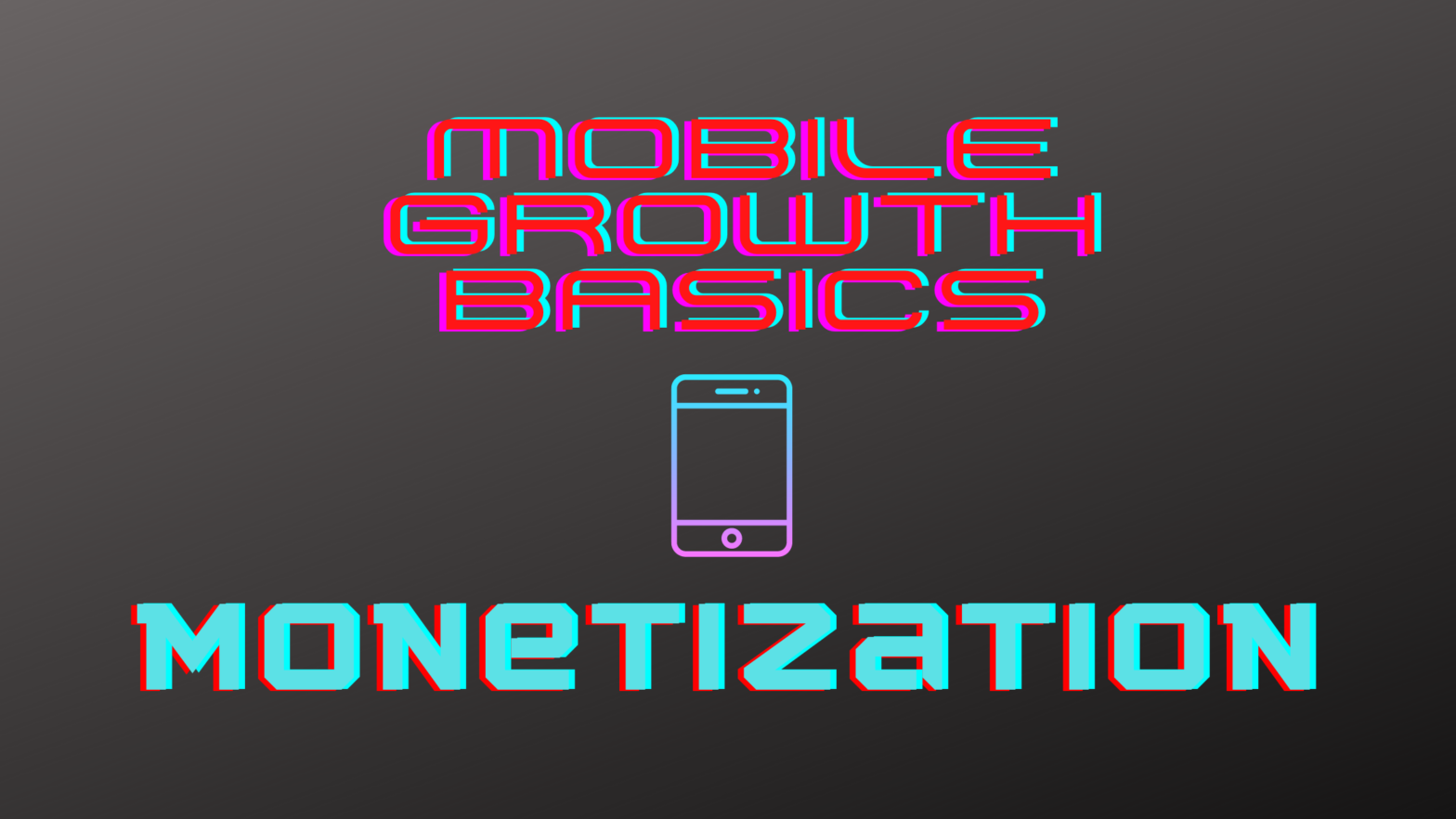One of the first questions app developers need to ask themselves is “How can I monetize my app?” The good news is that there are many app monetization strategies app and which one you choose will depend on your app vertical, your audience, and how your app works. Let’s explore the most popular forms of app monetization.
In-app ads
Most people who have played mobile games watched an ad-supported entertainment app or browsed a social media app are familiar with in-app ads. They are a very common way to monetize apps across all verticals. However, mobile ads come in a variety of formats:
- Banner ads
- Video ads
- Rich media ads
- Native ads
However, it doesn’t stop here. For instance, video ads come in a variety of types. Playable ads and rewarded videos are especially popular among gaming apps. An OpenX study shows that 77% of users would watch a 30-second ad in exchange for a discount from a retailer. Meanwhile, users who watch rewarded video ads are six times more likely to complete in-app purchases.And just in case you were still doubting the rewarded video format, 76% of mobile gamers in the U.S. say they prefer opt-in rewarded video ads over interstitial ads. (Interstitial ads are a kind of banner ad that pop up on users’ screens as they navigate from one part of an app to another.)
In-app purchases
Encouraging in-app purchases is another way to bring in revenue. Often combined with other forms of monetization, in-app purchases allow users to do everything from buying merchandise to getting more lives in a game. For e-commerce or travel apps, in-app purchases are the entire point of the app, but others simply add this option on top of ads or bolster a freemium model (more on that later).
Subscriptions
Recurring subscriber revenue is the holy grail of app monetization. Predictable and stable, subscription apps often offer premium services or functionality. Whether we are talking about mobile games for hardcore gamers, business apps, news apps, or other premium content, this model only works for apps that offer unique functionality that users are willing to pay for on a weekly, monthly, or yearly basis. However, many subscription apps often offer free trials or tiered access, giving users a variety of subscription options to choose from.
Paid apps
Perhaps the simplest monetization model is simply to charge for your app. Requiring upfront payment from users in order to download the app from the app stores provides immediate income, but can also be a barrier to acquiring users, especially for new apps.
Freemium models
If a paid app is not quite right for you, a freemium model may be a better fit. Free to download, users must pay for upgrades for fuller functionality, access to exclusive content, or other premium features of the app.
Learn more about scaling monetization here.





 1
1



